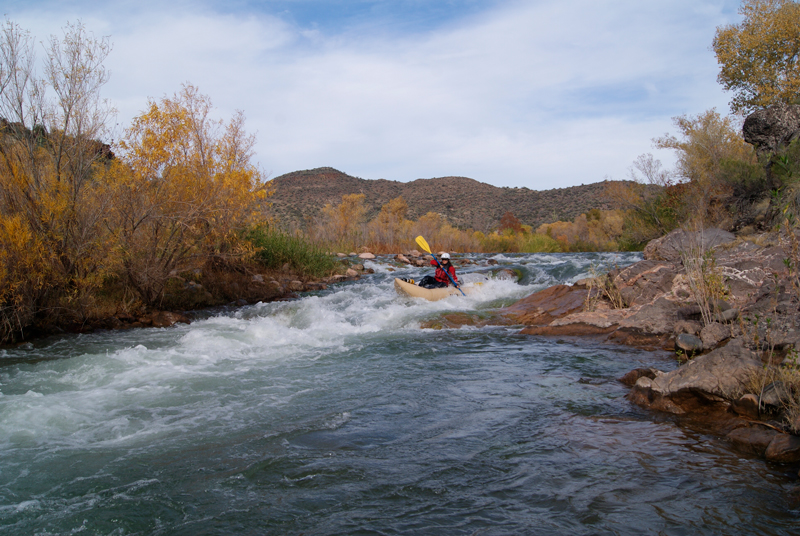Learn
by Ben Kowalewski, Habitat Restoration Coordinator Part One The morning started off like most others; wanting to stay in bed for five more minutes but knowing it was time to get up, coffee, getting dressed and leaving for work. Except today was not a typical day going to the office, I had a lot of sand in my sleeping bag and my shoes were frozen. I put them on and walked into the beautiful Verde River to thaw them out. As I was standing in the river to warm my feet, I was happy for the cold; I don’t think it would be a proper river trip in mid-November without having frozen shoes at least once. It was the last day of a seven-day trip down the Verde River from Childs to Horseshoe Reservoir. It had been warm enough and only a little windy at the beginning of the trip. This trip had been pretty exciting, we found a dead bighorn ram in the river, a guy had swamped his jeep in the river and it had been beautiful the entire time. We were on this trip to treat fountain grass, an invasive grass species that is moving up the Verde from Phoenix where it is planted for landscaping and is growing along all the roads. The grass is a good-looking bunch grass with pretty seed heads but can dramatically impact our natural areas. VWRC partners have made it a priority to inventory and treat as much of this grass along the Verde as possible. We know that it will continue to spread and will take a long-term plan over many years to slow the spread of the invasive grass. We treated a lot of fountain grass on this trip and as I am standing in the water I feel good about a few things. First, I know that next month we are going to make another trip down here to treat more fountain grass. Second, I know I will have at least eight mornings of frozen shoes in December and I hope I welcome the discomfort as much as I did today. For now, it was time to eat a bagel, rig my boat once again and enjoy one more day on this great adventure. How You Can Help The best way to help right now is to not plant ANY invasive plants in your property and help us educate your neighbors about the negative effects of invasive plants, especially fountain grass.





